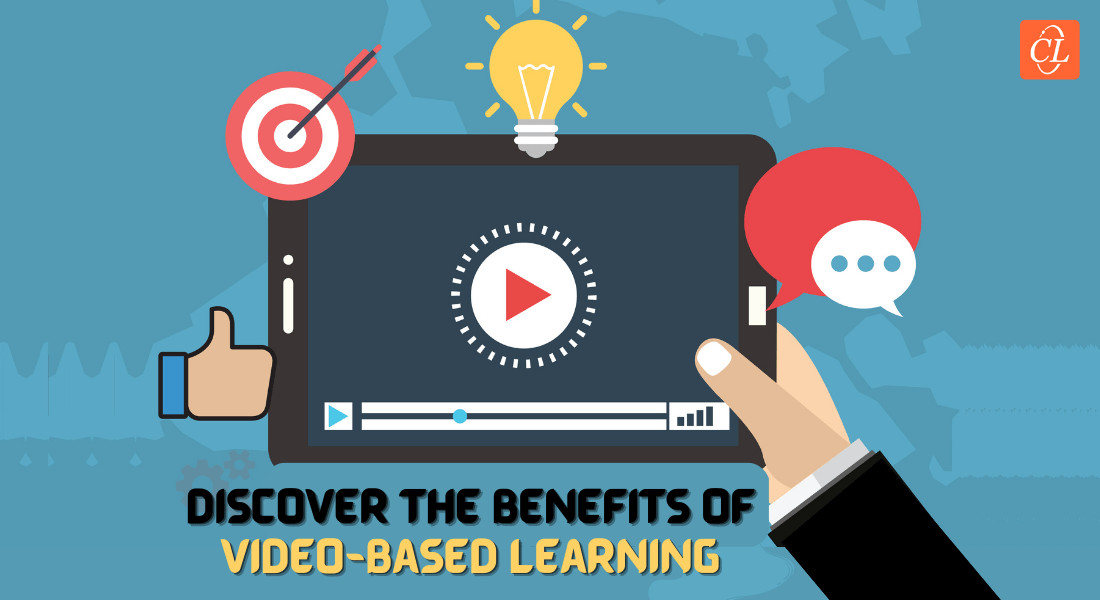How to Use Videos to Make an Impact on Corporate Learning

A variety of universal shifts have transformed the way we work, play, teach, and learn. The current generation is surrounded by mobiles, Internet, and video, and they learn early on, that videos are the ideal solution for anything. Be it a ‘how-to’ video, the steps to assemble a gadget, or fitness tips, people generally turn to videos.
Videos make learning effective, fun, responsive, and fruitful. Undoubtedly, videos are the best bet when it comes to promoting any kind of business, learning, or marketing. They can take on many forms from short bite-sized ones to serve microlearning needs to interactive videos, scenarios, simulations, screencasts, and animated and real videos.
Statistically speaking – Videos retain an average of 77% of viewers to the last second; The average retention rate of personalized videos is 35% higher than non-personalized videos.
On the other hand, many organizations are turning to videos for corporate training. The easy accessibility and quality of videos make them a preferred option. Another added advantage is that organizations can easily connect with employees across the globe and make training engaging. In this blog, let’s look at two major ways videos can be used to promote learning effectively: On-Demand Learning and Collaborative Learning.
On-Demand Learning
Not long ago, watching your favorite soap operas meant waiting for the scheduled time for the show to be aired. Gone are the days where you had to wait for everything. Fast forward to today; watching your favorite show is just a click away. Videos are available on demand, making life easier for users around the world. The growth of Video-on-Demand (VOD) has increased tremendously, creating an extensive array of opportunities for users to choose from – what they wish to view, anytime, anywhere.
On the other end of the spectrum is VOD for learning. Video is becoming a preferred channel of communication when it comes to learning. Videos help learners become dynamically engaged in their learning and it also helps maximize learning resources. Videos increase engagement and interactivity among learners. They are also helpful in facilitating collaboration among learners and are appropriate for various learning styles. The end result is, it helps improve learning outcomes.
Adopting videos in learning strategically increases teaching and learning, and guides learners to develop skills for the 21st century as global citizens. Incorporating videos in learners’ learning experience is the perfect surmise to enhance learning. In his TED talk, ‘Let’s use video to reinvent education‘, Salman Khan, talks of how videos can transform and impact teaching and learning, which encourages the consideration of the flipped classroom model. It becomes easier for learners to digest the content at their own pace and explore content more deeply.
Developing a library of training videos will help learners access and search for what they need to know, at their point of need, on their preferred device. When available on mobile devices, these videos provide a portable and consistent learning experience.
Collaborative Learning
In recent times, there has been a shift in the learning pattern, with learning happening through social media tools. Various social media tools such as YouTube, blogging sites, podcasts to micro-blogs, wikis, etc., have taken e-learning to the next level.
One of the most striking reasons for this shift toward social learning is because organizations started identifying the incredible need to build, manage, and reinforce social and collaborative learning programs. Successful collaborative learning practices bank on positive interdependence, promotive interaction and individual accountability of learners and result in higher levels of learner engagement and success.
The millennial generation is hooked on to social media and places high value on peer interaction and collaborative activities. Therefore, videos available on mobile devices make it easy to be shared and commented on. This further helps learners discern the content, which enriches their knowledge, helping them learn from each other.
Another added advantage is that videos provide a medium to interact with peers. They promote better knowledge retention than reading training manuals. The millennial generation is proactive and always looks for unremitting growth and learning opportunities. All said and done, they expect learning to be flexible, with the ability to choose when and where they want to learn. Keeping these aspects in mind, most organizations are veering toward videos in their training strategy, leveraging on its capacity to help in the preservation and reinforcement of learning.
Videos are short digestible nuggets that help learners grasp content with ease. More and more organizations are opting the video way to get learners to complete courses without a hitch. While there are many ways to use videos for learning, we’ve stuck to two concepts for this blog. Do share your views and thoughts on the kinds of video you feel are the best for learning.





